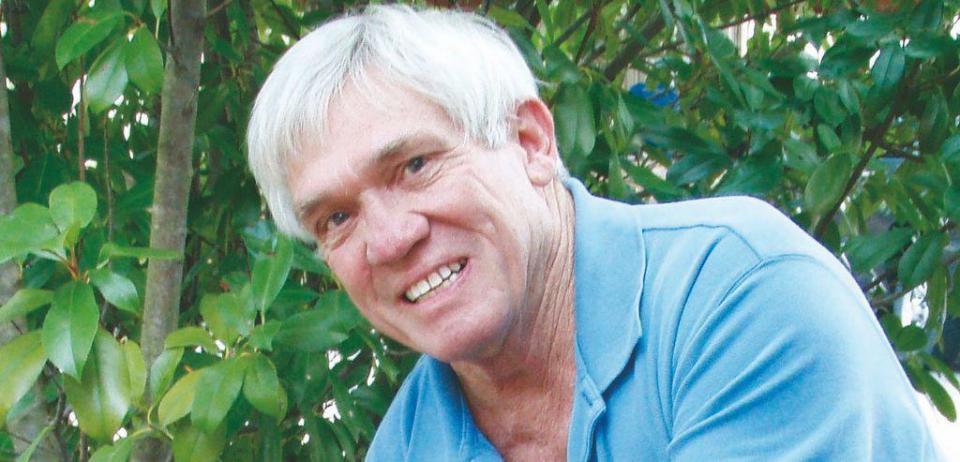Lightner Museum has intriguing natural history exhibits | ECOVIEWS
Q. One exhibit at the Lightner Museum in St. Augustine, Florida, is a giant bear paw clam shell from the South Pacific. The shell is huge, big as an automobile tire. Is it real? How big do clams get? I wonder not only about the clam but about the museum itself. Is it educational from a biological perspective?
A. Yes, the shell is real, and to describe the Lightner Museum as eclectic would be spot on. The founder of this singular museum, Otto C. Lightner, was one of the world’s most renowned collectors — of everything. He founded “Hobbies” magazine in 1931 as the “magazine for collectors.” Lightner apparently never threw anything away if he thought it could be added to one of his own collections. The diversity of biological objects, from a dinosaur egg to a miniature cathedral made of fish scales, make this one of the more captivating museums in the world. Unlike most museums displaying biological specimens, the Lightner’s exhibits do not follow a taxonomic scheme. Unexpected odds and ends can pop up anywhere on the floor where the animals are.
Obviously, Otto Lightner had diverse tastes, but why the enormous collage of cigar brand labels, a stuffed snowy owl and a charming train made of painted glass would be only a few feet apart from each other is anyone’s guess. The skin of an enormous eastern diamondback rattlesnake nearby keeps the nature theme alive. So also does the display of a mounted lion named Rota. When living, she had been given to Winston Churchill in 1943 as a “war mascot.” What would you have done with your pet lion when it died?
Among the biological oddities on display, two center around animals with shells. One is a small but intriguing collection of exquisite mollusk shells. Anyone who has read Oliver Wendell Holmes’s poem “The Chambered Nautilus” will enjoy seeing the stunning shell of one of these iconic cephalopods. As for the giant clam shell on display, it is enormous but not record-setting. The largest ones ever found reach almost 4 feet across and can weigh more than 400 pounds. Stories of pearl divers getting trapped underwater by giant clams are almost certainly overstated. A diver would have to be particularly languid not to escape from a clam closing its shell at the speed of molasses oozing down the side of a pan.
Clam shells and turtle shells are entirely different in their developmental origin although both serve the function of protecting the animal living inside from predators. Unfortunately for both groups of animals, the ornate appearance of the shells of many mollusks and turtles have led to their demise at the hands of humans.
The hawksbill sea turtle, which offers one of the best examples of the commercial overexploitation of shells, is featured in one of the display cabinets. A shiny example of a hawksbill carapace is surrounded by some of the many tortoise shell ornaments that were popular before the species was listed by the U.S. Fish and Wildlife Service as “endangered, wherever found.” These man-made artifacts include hair combs, a handheld fan and even miniature musical instruments.
ECOVIEWS:Can animals predict earthquakes?
The Lightner Museum is an educational adventure in many ways. Once you’ve gotten your fill of animal displays, head for the other floors. There you can admire row after row of antique china plates and cups; gaze upon more crystal than anyone’s grandmother ever dreamed ofowning; and marvel at so many Tiffany lamps you could light up an auditorium with them.
Whether every man-made item is authentic with regard to its purported origins is questionable. But exhibits of Mother Nature’s creatures pass muster. The biological oddities in the Lightner Museum are intriguing in and of themselves. Their presence in the midst of a museum devoted primarily to man-made artifacts affirms that the natural world remains an important part of our heritage.

Whit Gibbons is professor of zoology and senior biologist at the University of Georgia’s Savannah River Ecology Laboratory. If you have an environmental question or comment, email ecoviews@gmail.com.
This article originally appeared on The Tuscaloosa News: Lightner Museum has intriguing natural history exhibits | ECOVIEWS

